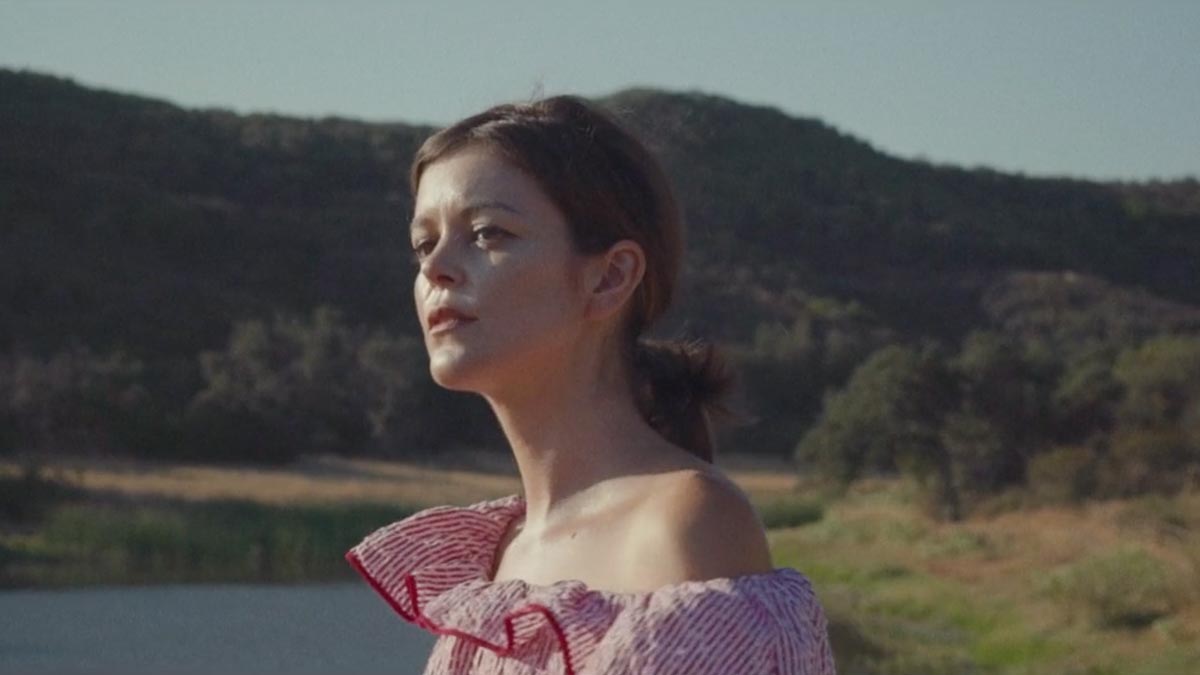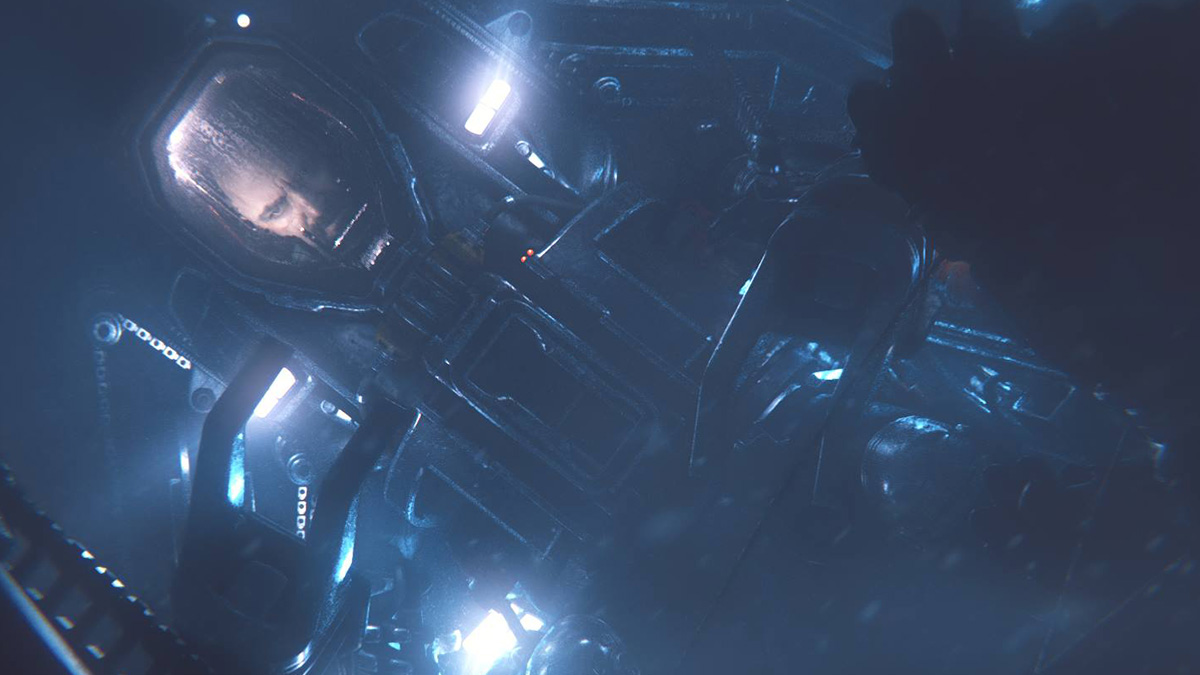A man lost in the present drifts through his past.
A film that will make you get lost in a drifting and wandering state. Swayed by a continuous movement your mind will try to grasp onto anything it can as the scenes shift around. Director Russ Lamoureux has fun challenging the audience to find its way while still keeping the experience fluid and somewhat familiar to everyone.
My writing partner and I wrote a short script a while back inspired by the John Cheever story, “The Swimmer,” that played with the feeling—the oddness—of memory. Months later I was at Panavision-Light Iron learning about their new DXL 8k for an upcoming feature project, which happened to share some of the same DNA as the short script. They offered to let us test the camera, but if all we did was see how it handled different lighting scenarios, that opportunity seemed wasted; only a handful of people had shot on this camera and we wanted to understand how it worked on set and what the workflow would be like through post. So we dusted off that script, gathered a bunch of friends on a Saturday in late February, and shot “Underwater.”
As we float around the memories you may recognize some familiar faces such as Katie Aselton (Legion), Matt Jones (Breaking Bad), Constance Zimmer (Entourage) and others, who create a marvelous supporting cast, in small but all important roles. Ned Brower takes the front stage as his cold and dazey performance helps us swerve through the scenes along with him.
I loved the idea of trying to capture our story in a way that felt like a memory, where scenes just sort of…happened. To me that meant as few cuts as possible, folding the cuts we did need into action, languid camera work. In the writing we also tried to mimic the way the mind works, how one memory reminds you of another and your brain just rolls with it. Some of what’s great about the medium-format chip of the DXL and the 70mm lenses we shot on gets even better on the big screen, so we’ll definitely enter some festivals. But storytelling needs an audience, and we want the film to find as wide an audience as possible, regardless of the venue.




